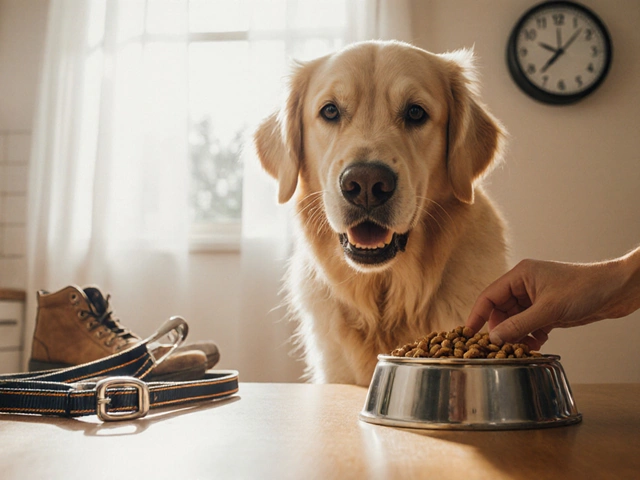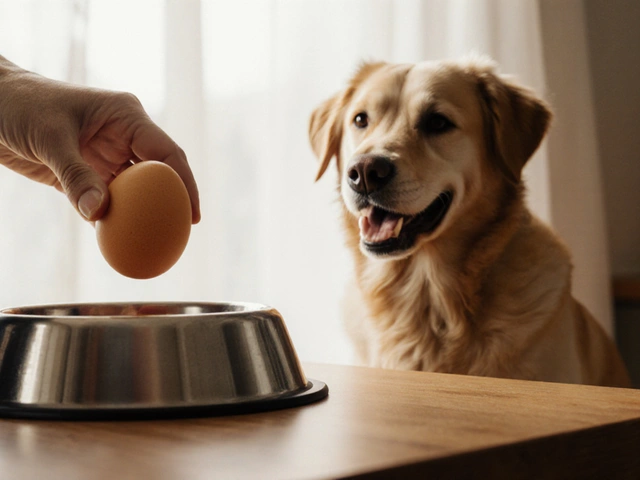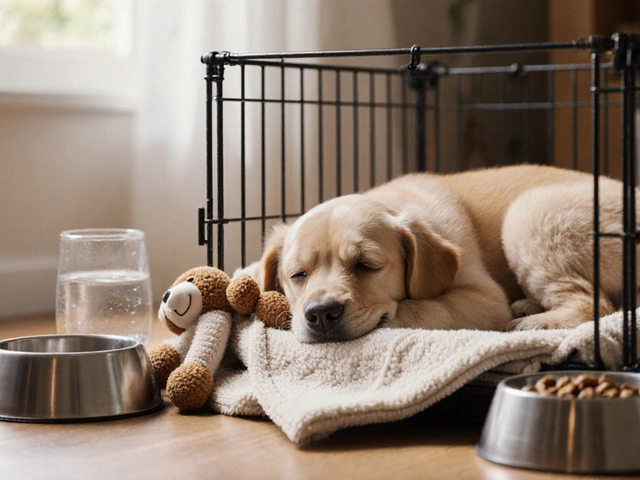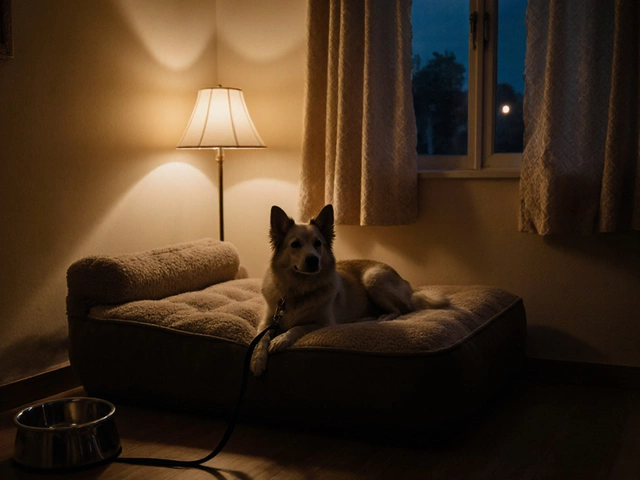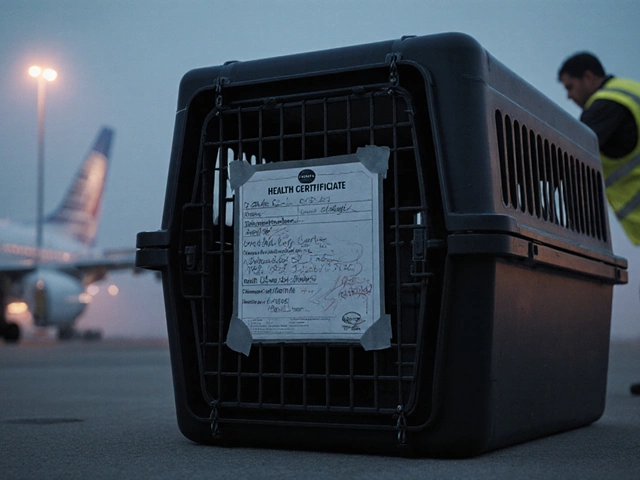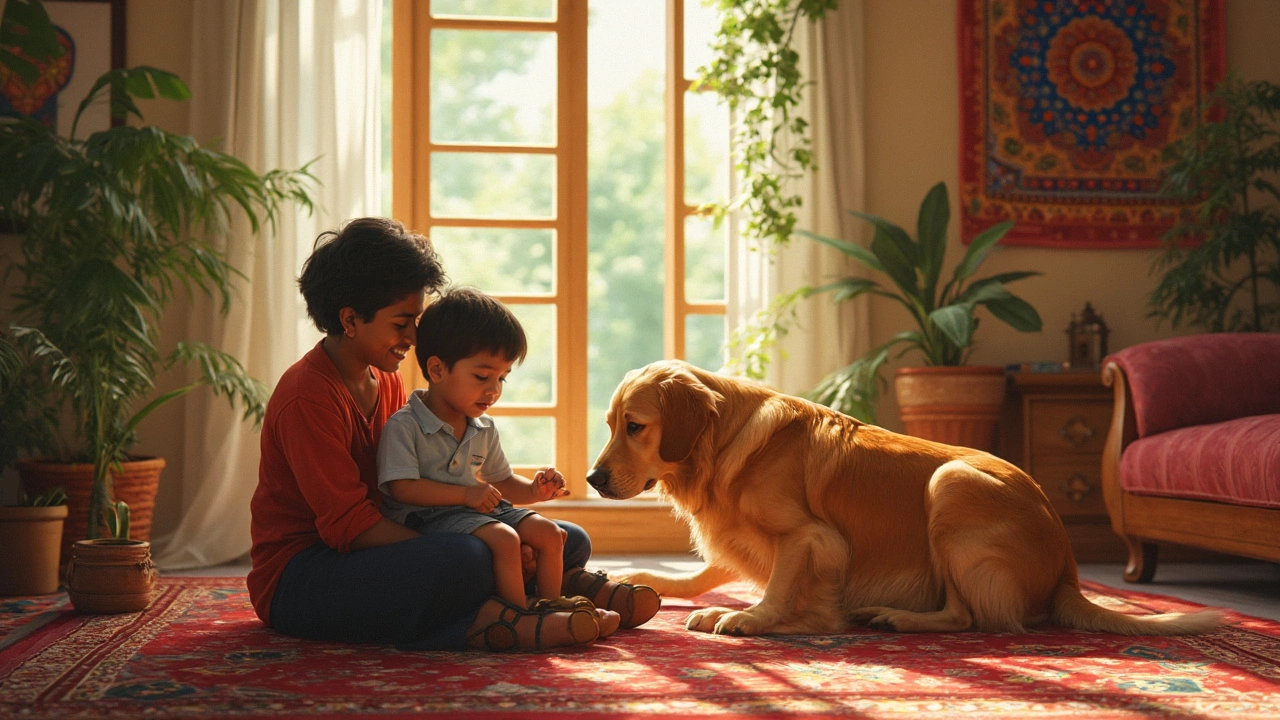
Ever had your dog lay his paw on your leg and wondered why? It might seem like a simple act, but there's more to it than you think. It's not just about wanting a treat or a pet. This gesture can carry different meanings depending on the context.
First off, dogs use their paws to communicate. It's their way of saying, 'Hey, I'm here.' Your furry friend could be seeking attention or approval, much like a friendly 'hello.' Sometimes, they're simply mimicking us—after all, we use our hands to show affection.
On the flip side, pawing can also indicate stress or discomfort. Maybe he's anxious or feels neglected. Paying attention to accompanying behaviors—like whining or pacing—can provide more clues.
Ever thought about how his bed plays into all this? The environment where your dog sleeps affects his comfort level and behavior. If he's not getting quality rest, he might become more clingy or restless.
Understanding these nuances isn’t just about curiosity—it's essential for training and building a stronger connection. Learning to read and respond to your dog's pawing can help you meet his needs better, making both of your lives happier.
- The Meaning Behind the Paw
- Communication and Attention
- Comfort and Dog Beds
- Training and Responses
- Strengthening the Bond
The Meaning Behind the Paw
So, why exactly does your dog put his paw on you? There are a few potential reasons. One biggie is communication. Just like humans use touch to express themselves, dogs do too. Throwing a paw your way is your dog’s version of saying something like, 'Hey, look at me' or 'I could use some love right now.'
In some cases, it’s all about attention and affection. Dogs are social animals who thrive on interaction, and that paw placement is a gentle reminder that they're there, and maybe they think it's time for a cuddle or some play.
A Sign of Trust and Loyalty
When a dog reaches out to you with his paw, it's often an act of trust. It says a lot about the bond you share. They wouldn’t do this with people they don’t feel safe with. This little gesture is all about loyalty, something that pet owners cherish.
The Stress Factor
On the flip side, pawing can be a sign of anxiety. Some dogs use their paws as a self-soothing mechanism. If your pup seems jittery while pawing, it might be time for some extra TLC or an assessment of their environment. Stress and anxiety in dogs can often be mitigated with changes to their routine or surroundings.
Decoding the Context
To really get what your dog is trying to say with his pawing, look at the context. Is he also whining or wagging his tail? The combination of signals will give clarity. For instance, a wagging tail along with a paw on you usually means he’s just happy and wants engagement.
Don't forget, how your dog spends his rest time plays into this communication. An uncomfortable dog bed can impact his mood and behavior. Ensure the sleeping environment is cozy to keep stress levels low.
Understanding these little nuances in your dog's bonding behaviors helps in addressing their needs effectively, which in turn strengthens your relationship with your furry companion.
Communication and Attention
Your dog's behavior can often feel like a guessing game, but when he puts his paw on you, he's trying to tell you something. One of the main motives behind this behavior is communication. Dogs have evolved alongside humans for thousands of years, learning to convey their feelings in ways we can understand. A paw on you is like a gentle nudge saying, 'Hey, pay attention to me!'
Think about it—when your dog paws at you, he could be seeking your affection or asking for more belly rubs. It's not just about needing something; sometimes, it's purely about sharing a moment with you.
Understanding Body Language
Alongside pawing, keep an eye on his body language. Is his tail wagging? Are his ears perked up? These signs often accompany pawing when your dog is happy or content. Conversely, if his body appears tense or his ears are flat, this might signal stress or unease, showing he needs comfort or reassurance.
How It Relates to Attention
Let's face it, sometimes our furry pals simply want us to notice them. A study by the University of Vienna suggests that dogs are highly sensitive to human attention and use pawing as a tool to grab it. So, when engrossed in a book or your phone, don't be surprised if your dog uses his paw as a tap on the shoulder.
Moreover, dogs are incredibly empathetic creatures. They've been known to paw at people who seem stressed or upset as though they're trying to offer emotional support.
Ultimately, while we can't always know what our pets are thinking, understanding these small gestures and paying attention to their overall demeanor can help decode what they truly want. Moreover, responding positively to such cues can strengthen your bond, making your dog feel more relaxed and valued.

Comfort and Dog Beds
When it comes to your dog's sleeping arrangements, the bed isn't just a luxury—it's a crucial part of their comfort and overall well-being. A good dog bed provides a dedicated spot that supports their body and aligns with their natural sleeping posture, reducing joint pain and promoting restful sleep.
Think about how you feel after a good night's sleep on a comfy mattress versus waking up on a hard, uneven surface. Dogs experience much the same thing. A dog bed designed with orthopedic support, such as memory foam, can be a game-changer, especially for breeds prone to joint issues like Golden Retrievers or older dogs who might be slowing down.
There are other factors to consider when picking out the right bed. Is it big enough for your dog to stretch out? Does it keep them warm in winter or cool in summer? Some beds come with removable covers for easy washing, which is great for hygiene and extends the bed's life.
Why It Matters
If your pup's current sleeping spot isn't cutting it, you might notice them pawing at you more often. They could be compensating for poor sleep or discomfort. Just like us, when they aren’t resting well, they're more likely to get irritable or clingy.
| Feature | Benefit |
|---|---|
| Memory Foam | Comfort and joint support |
| Removable Cover | Easy cleaning and maintenance |
| Size Appropriateness | Ensures proper posture and stretching space |
A few basic checks can help you decide if you’re on the right track with the current bed or if it’s time for an upgrade.
- Observe your dog's sleep position. Do they seem cramped or comfortable?
- Check for visible wear and tear or sagging in the bed.
- Feel the bed—does it cushion your own hand well?
Making sure your dog has the best bed can not only reduce their pawing but also make them more relaxed and happy overall. A comfy dog bed means a well-rested pup, and that's something both you and your furball will benefit from.
Training and Responses
So, your dog puts his paw on you, and now you know it might be his way of communicating. But how do you respond? More importantly, how do you train your dog to express himself in a way that's manageable for both of you?
Training Tips for Dog Pawing
Start by acknowledging the behavior when it happens. Don't just brush it off—respond to it! If he's pawing for positive reasons like seeking attention or affection, give him a moment of your time. However, if he's getting too clingy or insistent, it’s okay to set boundaries.
To steer your furry friend towards more acceptable behavior, consider using positive reinforcement:
- Reward alternative actions: Encourage other ways of communication, like sitting quietly or using eye contact. When he does this, reward him with treats or praise.
- Ignore excessive pawing: If the pawing becomes annoying, ignore it until he calms down. Over time, he’ll learn that pawing doesn’t get the response he wants.
Responses Matter
Your responses can either reinforce the behavior or help redirect it. Be consistent. Mixed signals will confuse your dog and prolong the training process. It often takes some time for dogs to understand what's expected, so stay patient.
When to Seek Help
If your dog’s pawing is accompanied by anxiety or seems uncontrollable, it might be time to consult a professional trainer or a vet. Sometimes, underlying issues like discomfort in dog beds or health concerns can make a dog more needy.
Most importantly, every dog is different. What works for one may not work for another, so be ready to tweak your approach.

Strengthening the Bond
When your dog places his paw on you, it's a great opportunity to cement that bond and build a deeper relationship. But how exactly can we make the most of this?
Interaction and Communication
Understanding and responding to your dog's needs is a vital step. When he paws at you, assess whether he's asking for affection, feeling anxious, or even trying to tell you he needs a walk. By paying attention and responding appropriately, you're letting your dog know you're there for him, and his actions really matter.
Positive Reinforcement
Training is not just about obedience; it's about connecting. Use positive reinforcement when your dog paws in a way you like. Treats, praise, or a good belly rub can strengthen his positive behavior. It's key to reinforce actions that align with what you desire, helping to create an understanding without confusion.
Quality Time and Comfort
Spending quality time with your dog, like sharing moments of play or just cuddling, affirms that bond. Also, never underestimate the power of a comfortable dog bed. A cozy space where he feels safe and relaxed can drastically affect his overall behavior and mood, reducing instances of stress that might lead to unwanted pawing.
Experts suggest that dogs really relax when they can see you, hence placing the bed where he can keep an eye on you might be an advantage.
Shared Routines and Activities
Incorporating your dog into daily activities, whether it be a morning walk or evening lounging with a movie, provides structure. Dogs, being creatures of habit, thrive on routine. This consistency helps them feel secure, and a secure dog will naturally have a stronger bond with you.
By focusing on these aspects, you're not just solving the mystery of the paw-on-you behavior but enriching the friendship between you and your furry companion. After all, isn't a happy, well-understood dog what every pet owner wants?

